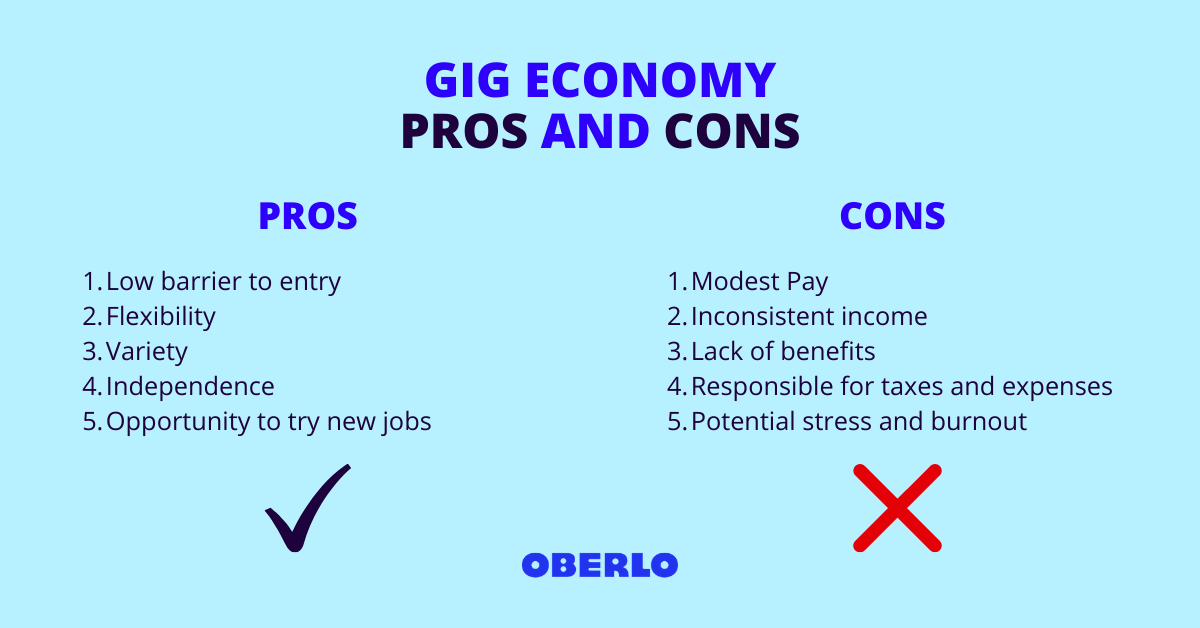Gig Workers vs Big Tech
Hello the segment that I chose to do my blog on from Latino USA was titled "Gig Workers vs Big Tech".This segment took place on November 19,2021 and I listened to it on December 1,2021 about 2 weeks difference from its aired date.In this segment the host was Maria Hinojosa from Futuro media and the guests were Alvaro,Vina deval,julia rocha and Ivan Pardo.The main idea of the segment the labor battle against big tech in the state of California.I learned about how many uber drivers were underpaid and how they were being affected by different propositions.Alvaro at the start says that at first he was making good money everyday and now things have gotten tough."Alvaro said he went from making 500 dollars after 12 hours of work back in 2012 to 150 dollars four years later"(Latino 19:30 - 19:43).Just like Alvaro many other ogs of Lyft experienced the same thing.They were making less money than when they first started working for the company.This was caused by new policies and contracts of the company.One thing I didn't agree with of the segment was how drivers could no longer see other drivers on the app since this because then how are you supposed see your competition in a certain area.Like if there are already too many drivers in a section you could see that it was not a good place to be around but unfortunately now drivers cant do that.

The JSTOR article that I chose was "Good Jobs,Bad Jobs in the Gig Economy" by "Arne L,Kalleberg" and "Micheal Dunn".This article was taken from the book Prespectives on Work that was published in 2016.The main topic covered in the article was the Gig economy and jobs were compared and sectioned as good or bad."The gig economy is more nuanced:the gig economy produces both good and bad jobs"(Kalleberg and Micheal 11).The article touches subjects like the gig economy,differences in job quality inside the gig economy,dimensions of job quality in the gig economy,what the future holds for gig workers and companies.I selected this article because it has a relation with the Latino USA segment in the sense that they both talk about the gig economy and gig workers.Although they don't both go over uber and lyft they do talk about the benefits of being a gig worker and its negatives.Another reason why this JSTOR article was a good option was that it is pretty recent so it is not outdated information.The article also touched on legal information of what gig workers can do and can't do just like the latino USA segment touched briefly.Which makes the two a bit similar only thing is that had different focuses like Gig economy and the labor battle against big tech.

This image shows some of the pros an cons of being a gig worker and it was obtained from: https://www.oberlo.com/blog/what-is-the-gig-economy
In conclusion the two sources provided good and interesting information.They both opened my eyes on the topic of gig workers.Since from the outside it looks like being a gig worker would be really cool and finacially rewarding.However the radio segment and article went over what it is really like to be gig worker since they interviewed actual gig workers."Alvaro said if drivers could communicate they would be able to talk about the wage cuts and start bonding together(Latino 20:46 - 20:55).Also in the article it goes over some downsides "We were unable to find any gig economy jobs that gave the workers high control over their work,scheduling,and terms of the employment relationship, yet paid relatively low wages"(Kalleberg and Micheal 13).A perfect way to bring my theme of "To what extent do Humans affect the environment" would humans requiring different gig services from time to time.These needs have inspired more and more people to become gig workers and give it a try.
Works cited
Comments
Post a Comment